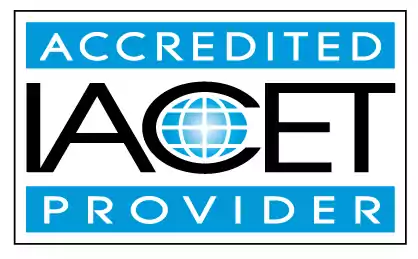Describe the five key learning areas of the Montessori classroom and explain the purpose of each.
Discover the five key learning areas of the Montessori classroom and their purpose, as well as the primary learning centers and their components. Explore early childhood education and child care centers that provide a nurturing environment for your child's development.Trainings incorporating this outcome
CDA Subject Areas
Proficiency Level
Topic Areas
States
Alabama (3) Alaska (3) Alberta (3) Arizona (3) Australia (3) California (3) Colorado (3) Connecticut (3) Delaware (3) District of Columbia (3) Florida (3) Georgia (3) Hawaii (3) Idaho (3) Indiana (3) Iowa (3) Jamaica (3) Kansas (3) Louisiana (3) Maine (3) Manitoba (3) Maryland (3) Massachusetts (3) Michigan (3) Minnesota (1) Mississippi (3) Montana (3) Nebraska (3) Nevada (2) New Hampshire (3) New Jersey (1) New Mexico (3) New York (2) Newfoundland and Labrador (3) North Dakota (3) Nova Scotia (3) Ohio (3) Oklahoma (3) Oregon (3) Pennsylvania (3) Prince Edward Island (3) Puerto Rico (3) Quebec (3) Rhode Island (3) Saskatchewan (3) South Dakota (3) Tennessee (1) Texas (3) Thailand (3) United Kingdom (3) Utah (3) Vermont (3) Virgin Islands (3) Virginia (3) Washington (3) West Virginia (3) Wisconsin (2) Wyoming (2)
35 hours courses
4 hours courses
1 hours courses
Related Outcomes
- Describe observational techniques and their purpose in the Montessori classroom.
- Describe how educators can adapt the Montessori classroom to support children with special needs.
- Identify characteristics of project based learning in the classroom environment and curriculum
- Describe the benefits of an outdoor classroom.
- Identify materials and activities to promote learning in the outdoor classroom.
- Demonstrate an understanding of how to create a natural outdoor classroom that supports child development in all areas.
- Recognize ways to incorporate learning activities in the classroom that would normalize breastfeeding and additional resources for a childcare program.
- Describe positive discipline strategies to use in the classroom.
- Demonstrate understanding of how learning occurs in children and the role of play in learning
- Describe the meaning of positive discipline in the classroom.
- Describe a classroom management plan that promotes positive reinforcement, clear expectations, and consistent implementation.
- Describe a classroom management plan that promotes positive reinforcement and clear expectations for the school-age setting
- Describe the primary learning centers and their components.
- Describe an environment through video observation of a 3, 4, and/or 5 year classroom
- Define active play in the early childhood classroom and describe its benefits for young children.
- Define differentiated instruction in early childhood education and describe how it may look in the classroom.
- Identify strategies to facilitate learning in the early childhood classroom using various methods.
- Describe the benefits of an outdoor classroom.
- Describe the various ways teachers can address challenging behaviors in the classroom.
- Describe the importance of learning centers in the early childhood education environment.
 3.5 CEUs
3.5 CEUs